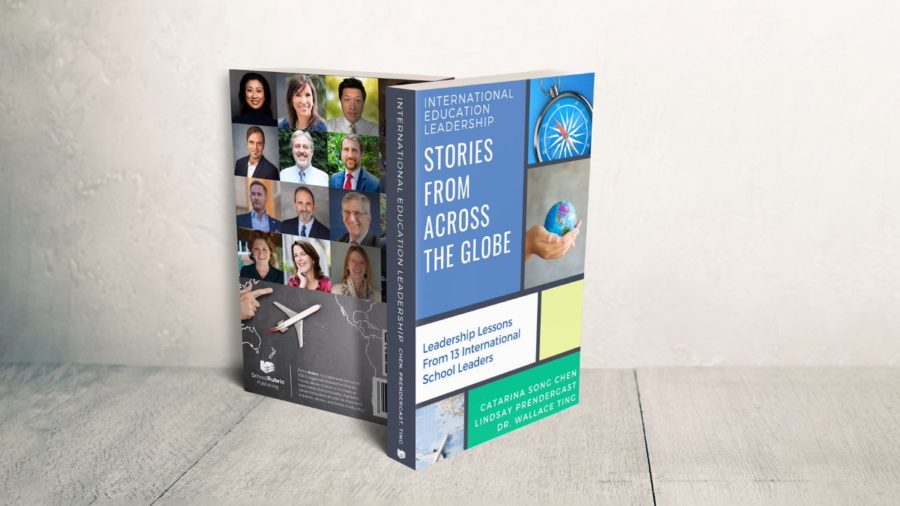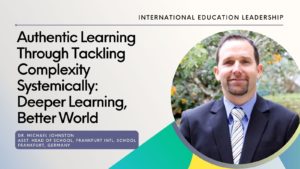Article:
Dr. Michael Johnston currently serves as the Assistant Head of School at Frankfurt International School in Germany. He is a contributing author of the newly released book International Education Leadership: Stories From Around the Globe (SchoolRubric Publications, 2022) by Dr. Wallace Ting, Catarina Song Chen, and Lindsay Prendergast. Each newsletter we’ll share an extension of the leadership lessons, personal stories, and powerful insights from this collection of international school directors and principals from around the world!
Each of the chapters in International Education Leadership are centered around a key international education leadership standard of practice such as Mission, Vision & Core Values, School Improvement, and Curriculum, Instruction & Assessment. These frameworks are derived from the leading professional learning organizations in the field, including the Association of International School Heads (AISH), Association for the Advancement of International Education (AAIE), and The Principal’s Training Center (PTC). Collectively, the insights shared from practicing school leaders on these guiding standards offer valuable learning experiences for both current and aspiring directors or heads of school. Dr. Johnston’s chapter describes authentic experiences and lessons with building a community of care and support from students. Learn about Dr. Johnston’s insights on international education in an interview with him here https://www.youtube.com/watch?v=mgwozUi5dso
Below, Dr. Johnston expands on his chapter and shares practical steps for helping all students connect their learning to real-world, authentic applications!
‘Don’t just learn about the bike – Ride the Bike!’
Traditionally In schools we would learn about the mechanics of the gears, the history of the bicycle as a transport mechanism, famous riders, even the physics behind the movement down a hill. These are all fascinating things to learn but when do we get to ride the bike? If we allow students to get on the bike, what if they fall? What if one student is ready to hurl themselves down a mountain with confidence but another in the same class is just finding the balance to glide? The easier and more traditional path is to learn about and assess the knowledge of bicycles. As a teacher I can easily check in on whether a student knows the history of bike riding or can diagram how a brake system operates. School curriculums have been notorious for learning about topics without the opportunity to apply what we have learned in an authentic context. Schools cram authentic experiences like service learning, environmental clubs, student leadership opportunities, and personal passions into lunchtimes, breaks and after school. It’s time we as leaders challenge the systems and structures that hold us back from offering the opportunity for students to ‘ride the bike’.
We attend conferences and talk about authentic, connected, meaningful opportunities for students to tackle complexity and take impactful action, but can we implement in a strategic, purposeful, and systemic way? Most of our mission statements state something about raising global citizens, but what does that really look like? School leaders are the first to highlight examples that emerge as students do amazing projects that impact locally and globally. These passion projects make great stories for the school blog, that international article, or in that keynote address. These stories inspire, motivate, and encourage us to try new things in our schools, and that’s good. All too often these kinds of experiences are led by a few dedicated teachers who have a deep passion for service, PBL, CAS, or some kind of framework they bring with them to your school or pick up at a professional learning experience. These are all great things, but is it systemic? What happens when those dedicated teachers leave? Do the authentic experiences for students go out the door with them? Lets challenge leadership teams the world round to ensure this is not just an exciting example or two in the school, but an opportunity for all students to not just learn about the bike, but have them ride the bike! It’s a question of equity for all. Let’s share, collaborate, and push each other for the sake of learning, and for our collective future on this planet.
What are the ways that your school allows students to apply their learning to create impact on their local and global community? Do students have the desire, motivation, skills, character traits and tools to do so effectively? Do teachers believe this is the purpose behind what students are learning? To move from a handful of examples to strategic impact we can help each other by sharing what we do well. The key here is to not get confused by the plethora of frameworks, tools, educational jargon and opportunities that currently exist. Again, these are all good things but when we perceive them as different initiatives it overwhelms your key drivers. Choose a framework, a set of tools, and a common language within your school and adapt it to make it age appropriate for a five and seventeen year old. You should be able to ask a grade two student, a parent, a middle school TA and a graduate in your school and they would all be able to refer to these commonalities towards applying their learning and creating impact. Sit down with your team and audit each grade level for where students get the opportunity to ride the bike. Where are the gaps in your learning program? Perhaps the most challenging aspect, what can we stop doing to allow for space to do this kind of authentic application to be sure it’s not all on the students’ extra time? This should lead to creative conversations around innovative and personalized schedule changes. This is all easier said than done but together we can help each other with collective systemic shifts. To get started, try these five steps and reach out should you wish to be a part of a global collaboration to help each other make it happen not just for our students but for our collective future.
1) Define and refine your collective purpose – Why are we learning these things? How can we apply it to impact our world?
2) Choose a framework, tools and common language for your whole school community. (Many different ways to do this as a community)
3) Audit each grade level for what experiences already exist. Where are the gaps?
4) Make the “To don’t list”. What can you give up? Ideate creative schedules and personalized pathways to allow students to ‘Ride the Bike’
5) Join our global collaboration to share and make it happen.
Our Children need it, they deserve it, and our future depends upon it. “Ride the Bike!”
Reference
Chen, C.S., Prendergast, L., Ting, W. (2022). International Education Leadership: Stories From Across the Globe. SchoolRubric Inc.



